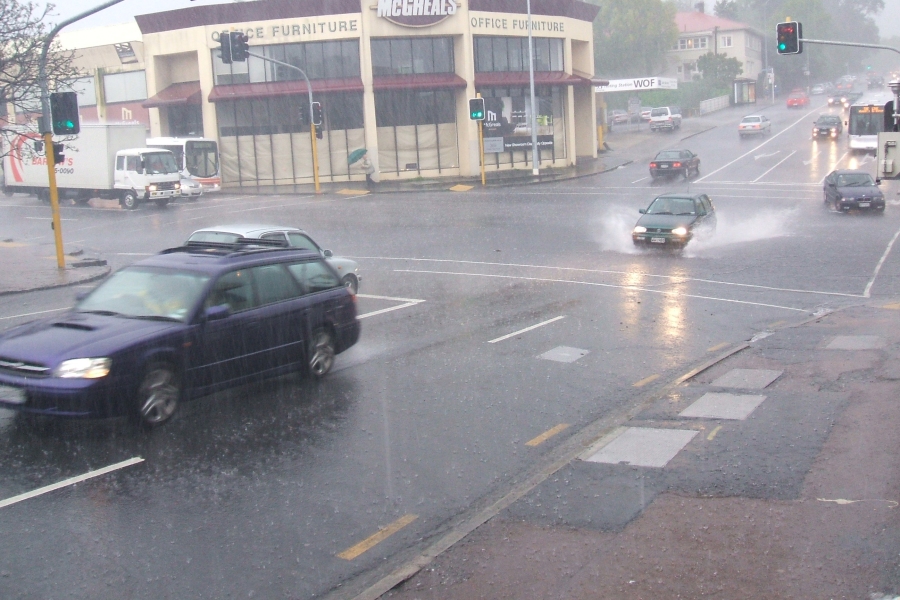New Zealand's freshwater and estuarine resources are a key national asset providing significant economic, social and environmental benefits.
Competition for these resources is growing, and there is rapid movement across government and industry to develop new approaches for freshwater and estuarine management, which will efficiently allocate the resources and meet societal expectations for water quality and ecosystem health. Our science aims to provide the evidence-base for these new approaches, such that returns within a greening economy are optimised within environmental constraints.
The main challenge we are dealing with is diffuse-source contaminants, and the spatial and temporal variability associated with these sources. Diffuse pollution (pollution from land use) is far more difficult to identify/define and control than point-source pollution from individual discharges. Spatial and temporal water quality gradients below significant point sources also present challenges to those managing water resources.
There are six research objectives:
- Identifying how waterways respond to stressors (such as, pH, dissolved oxygen, suspended solids, chemical and microbiological contaminants) and developing water quality guidelines and risk assessment tools.
- Understanding how multiple stressors combine to produce ecosystem tipping points, (e.g. the interaction between nutrients and sediments) and developing methods for identifying tipping points.
- Measuring and understanding how contaminants are transformed in waterways. This is important for knowing the capacity of receiving waters to assimilate contaminants (resource capacity).
- Linking this research on resource capacity to the Resource Management Act, reporting requirements, planning and consent hearings.
- Maori kaitiakitanga and planning - rolling out the Iwi Estuarine Monitoring Toolkit and developing a values-based environmental reporting system.
- Monitoring and modelling how changes in land use affects water quality and ecosystem health, and how these changes go on to effect estuaries and coastal waters.
Achievements towards these goals within the last year are reflected in a number of databases, models and mitigation techniques. A few examples are:
- Stormwater management resources have been made available. A website is also being launched to share a database with urban runoff data that will produce data reports (summary statistics, plots and raw data) specific to the queries entered by a user.
- Two sediment adsorbing materials have been successfully trialled for use in removing phosphorus from agricultural drainage systems.
- A model has been developed that will help manage and/or mitigate the entry of phosphorus into waterways and the coastal zone.
Also see our list of recent publications.

